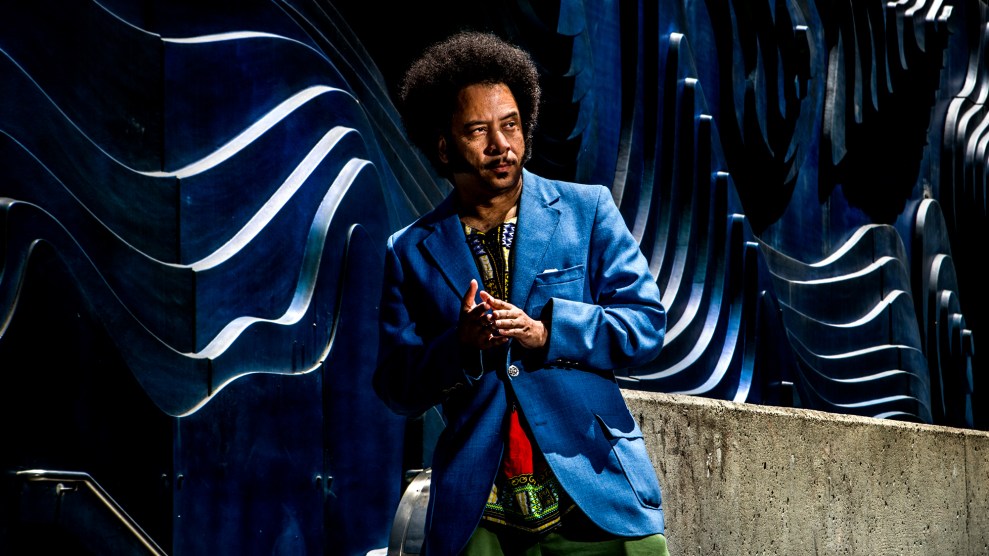
Dave J Hogan/Getty
Getting people to care about conflicts in faraway lands is a losing battle. But try telling that to 43-year-old Mathangi “Maya” Arulpragasam (stage name M.I.A.), whose family fled war-torn Sri Lanka for London when she was nine, leaving her “terrorist” father behind with the Tamil separatist group he founded.
Arulpragasam’s passion for the Tamil cause infuses her art. Her first album, Arular, bears her father’s name, and her “Born Free” video—wherein young redheads are rounded up and executed—presents a jarring metaphor for Sri Lankan government atrocities. Her activism is also front and center in Matangi/Maya/M.I.A., an impressive new film chronicling Arulpragasam’s journey from child refugee to provocative pop star.
Director Steve Loveridge offers an intimate look at her family life, her formative bond with Elastica frontwoman Justine Frischmann, and her struggle to be taken seriously as the rare Tamil celebrity in Western pop culture. He also chronicles Arulpragasam’s emotional journey back to Sri Lanka to visit kin, and her strained relationship with a dad who put revolution before family—and who, at one point, recalls how he smuggled explosives onto a flight home by hiding them under some toys.
“It’s not the film I would have made,” she told Billboard after the Sundance premiere. But that’s a good thing. Armed with amazing footage from Arulpragasam’s early days as an aspiring documentarian, Loveridge depicts the star as vulnerable, fallible, and altogether human.
Her shamed yet defiant reaction to the massive shitstorm she caused by flipping the bird during a Super Bowl halftime show is instantly relatable. She spars with the media and at one point, feeling distressed, uses her own camera as a therapist. Whatever you think of M.I.A.’s unique and danceable pop fusion of East and West, the new film, out September 28, has much to convey—both about an unusual personality and the world at large.







